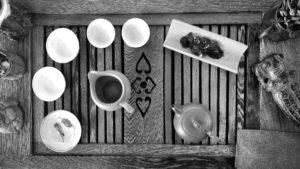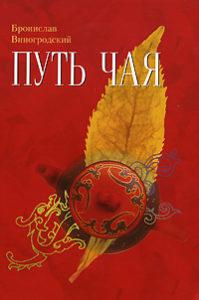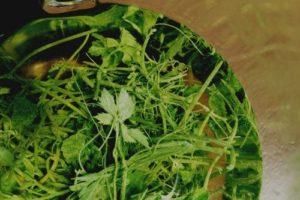Today, beautiful photos of emerald drinks and mouthwatering green baked goods flooded the internet.
Do you want to try it but hesitate? Don’t know how to choose and whether you’ll like it? We’ll tell you how and why.
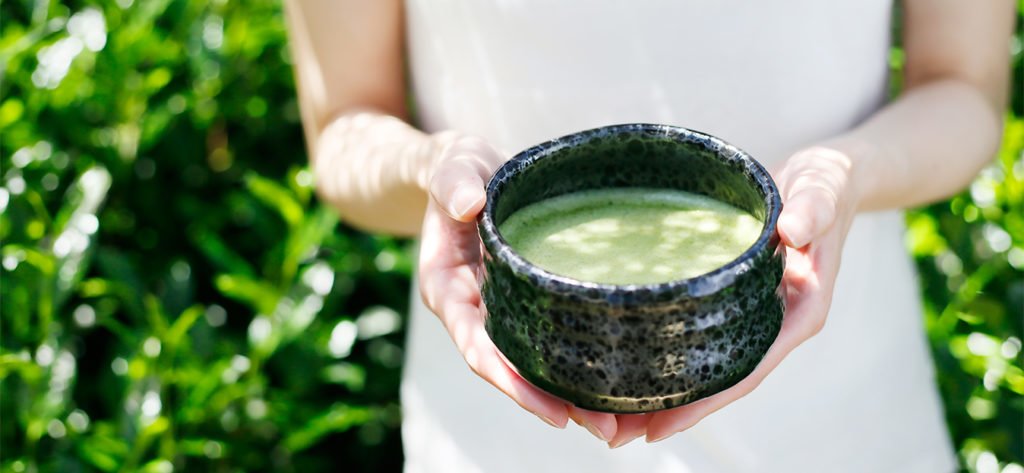
What is a matcha
Japanese matcha tea (also spelled matcha) belongs to ceremonial teas and is a fine powdered tea leaf. The upper spring leaves, grown under blackened mats, are steamed, dried and tencha is obtained.
Tencha, the raw material for the future matcha, is the choicest tea leaves without veins. This tea is matured in containers (in the old days, in earthenware vessels) from May to October and then ground into powder.
It is done with granite millstones, both in the olden days and today. The capacity of one millstone is about 40 grams of powder per hour of work. It is not an expensive and labor-intensive process.
Then the tea is vacuum-packed and stored in a refrigerator at the production facility and at the point of sale. And even under these conditions, its shelf life is not more than a year, and it is desirable to drink an open can in 2-3 months at most. It quickly oxidizes and loses its useful qualities.
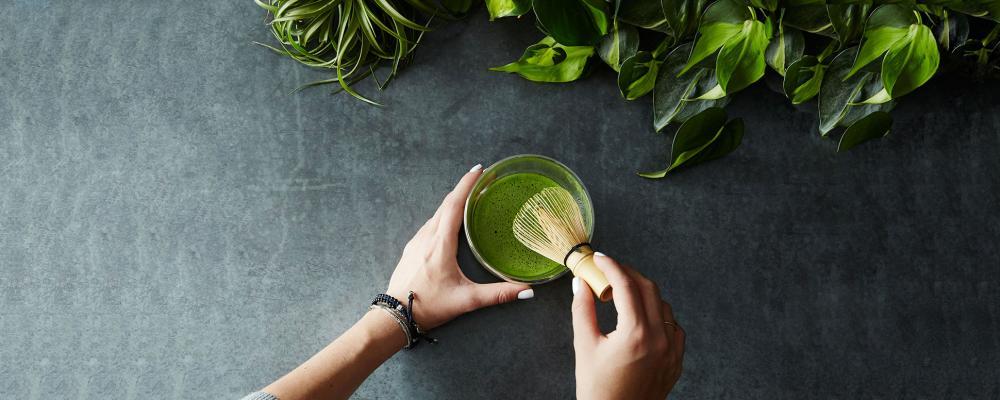
What’s the benefit
Grown on a shaded plantation, the tea accumulates the maximum amount of amino acids and antioxidants. The way matcha tea is prepared means that we consume the tea leaf itself in a drink or dish. When brewing other types of tea, we usually throw away the brew, but here we don’t.
In the western market for the past 10 years, matcha has been considered a superfood along with chia, maca powder and other herbal health and beauty products.

How to choose
Your matcha tea for home use should be produced in Japan and stored in the refrigerator at all stages of production and sale. At home, an opened jar should also be stored in the refrigerator. Obviously, it is difficult to meet these conditions when buying from an untested seller on the internet. Chinese powdered tea is most likely not matcha and it is impossible to trace its place of origin. Tea made in America is often exported from Japan for the American market and the plantation is not specified.
There are several regions in Japan suitable for growing tench and producing matcha later on. These are Uji (near Kyoto), the Kumamoto region, Shizuoka and Fukuoka. But the best tea is rightly considered to be the tea from Uji. For home use, small jars of 20-40 grams are best suited. It will be enough for 10-20 tea parties and the tea will not have time to oxidize and spoil. Good fresh tea is always with a pleasant herbaceous-sweet smell and bright emerald color. Its flavor is very rich, astringent, tart with bitterness and a sweet aftertaste in the mouth. If you open the jar and see yellowish powder, or if you forget your supply and the expiration date has passed, the tea will be very bitter and most likely spoiled.
Drinking it is not recommended and it just won’t taste good. Even one producer can have up to 10 different teas on one plantation. The tea sommelier at the plantation selects bags from different parts of the slope to achieve a reference flavor each year. How to figure it out? Matcha tea is used by the Japanese for the tea ceremony “Tiado – the way of tea”. If you are just getting acquainted with the world of Tido and want to buy tea for home tasting, it is recommended to ask for matcha tea in the store. Later on you can choose your favorite plantation and brand of tea.

How to drink at home
A can of tea is your flight of fancy. You can brew tea like the Japanese with water, make matcha lattes, muffins, cookies or smoothie bowls.
For Japanese-style home tea drinking, you will need tea sifted through a strainer, a bowl, a shasen whisk and a bamboo shaku spoon. These items are optional (except for the whisk), but greatly enhance the brewing experience. The shashyaku scoops exactly 2 grams of tea, as much as you need for one person. The Japanese bowl with a recessed bottom helps to whip the tea evenly and doesn’t burn your hands. The movements of the whisk help the tea to open up and enrich with oxygen during the whipping process.
Put 2 grams of matcha in a warmed dry bowl and add 50-70 ml of water about 80 degrees Celsius. The Japanese say “three and a half sips”. Starting from the center of the bowl with a progressive motion, mix the tea and water until frothy. Drink immediately in three and a half gulps. Do not drink matcha with water on an empty stomach, especially for the first time. Before drinking tea, the Japanese eat lunch or a small sweet before drinking it
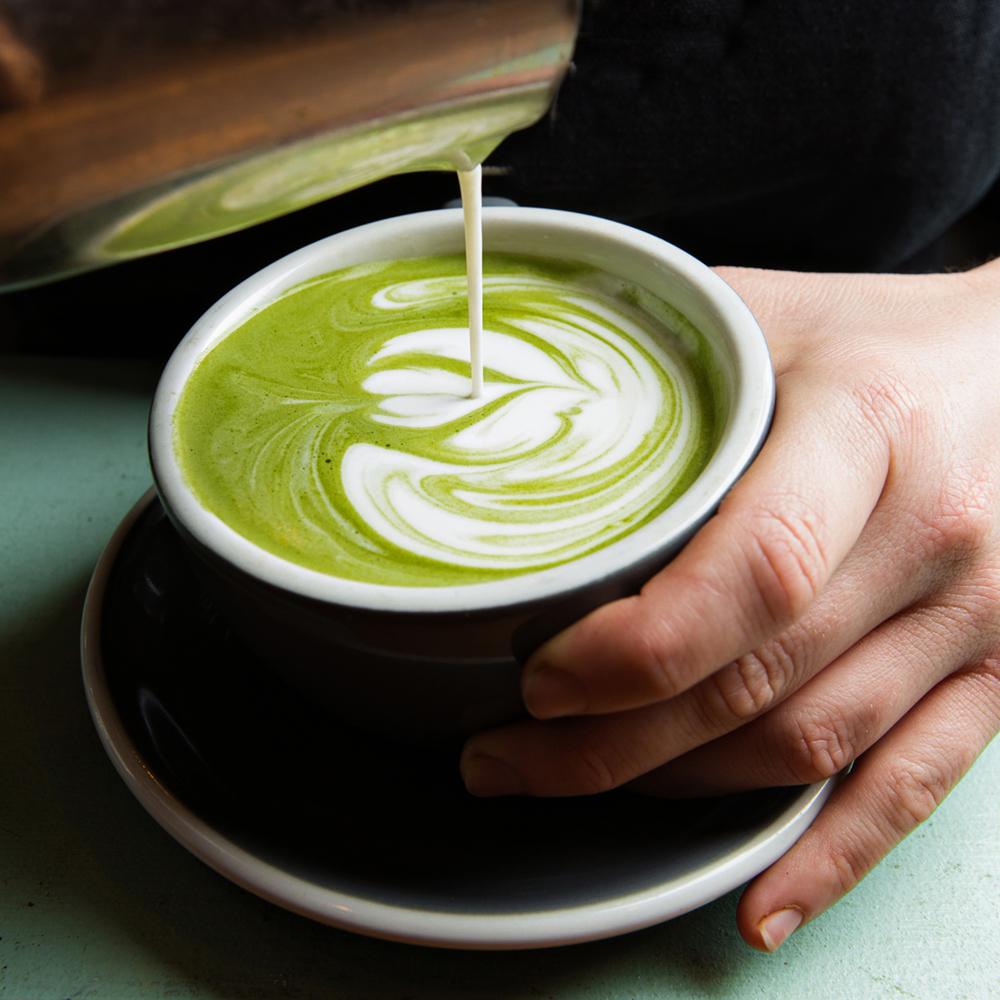
Matcha latte
This is matcha tea with whipped milk and sugar. Sometimes this drink is called cappuccino, but more often it is matcha latte.
Nowadays, many coffee shops and cafes offer matcha lattes to customers as an alternative to coffee drinks. But you can make a mistake with a coffee shop and get a bitter drink with “ginger”.
Milk really softens the flavor of the tea, it’s a good combination and easy to make at home. For a serving of matcha latte, whisk 3 grams of tea with 40-50 ml of water and add the foamed milk. The milk can be whisked in the cappuccinator of your coffee machine, with a handheld cappuccino milk frother mixer or with a bamboo teasen whisk. After milking, rinse the whisk well immediately with warm water. And place it on a special straightener mold to dry.

Smoothiebowl is also easy to make at home. You will need 1 frozen banana, 2 grams of matcha, 0.5 cups of water or milk, and sweetener for the base. Whisk the ingredients in a blender and pour into a pretty bowl. Then garnish with fruit, chia seeds, coconut shavings, berries, and granola of your choice.
The creamy texture of the base is easily given by half a very ripe avocado.
Bon appetit!
Along the same lines, you can add matcha to your morning smoothie or drinkable smoothie.

Chiapudding from the match.
Stir 2 tbsp chia seeds with 2g sifted matcha tea, sweetener (honey, agave syrup, cane sugar) and 0.5 cup water, Greek yogurt, nut milk of choice. Place in the refrigerator for 3-4 hours or preferably overnight. Decorate with granola, pieces of fruit or berries. Your healthy dessert of two superfoods for breakfast is ready.

We can modify recipes for cheesecake, ice cream, biscuits, millefeuille, and even homemade chocolates along the same lines.
Author: Anna Nazarenko, specially for the website cha.com.ua
Create beauty with health benefits!


